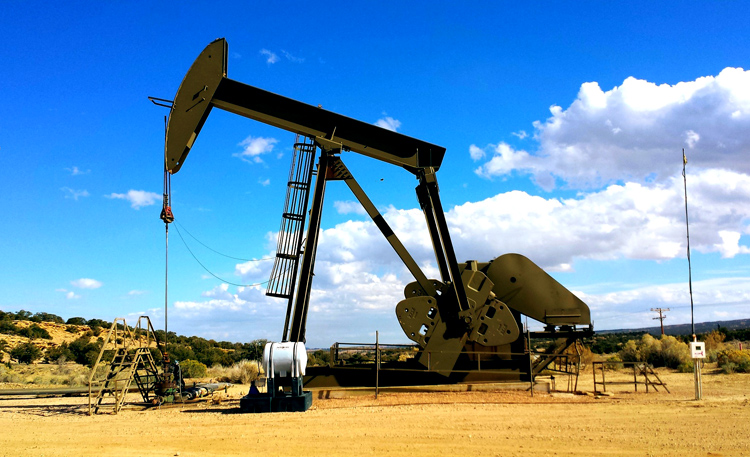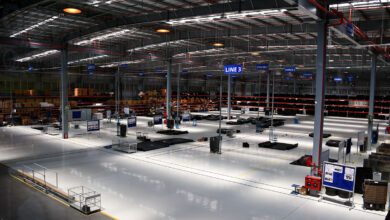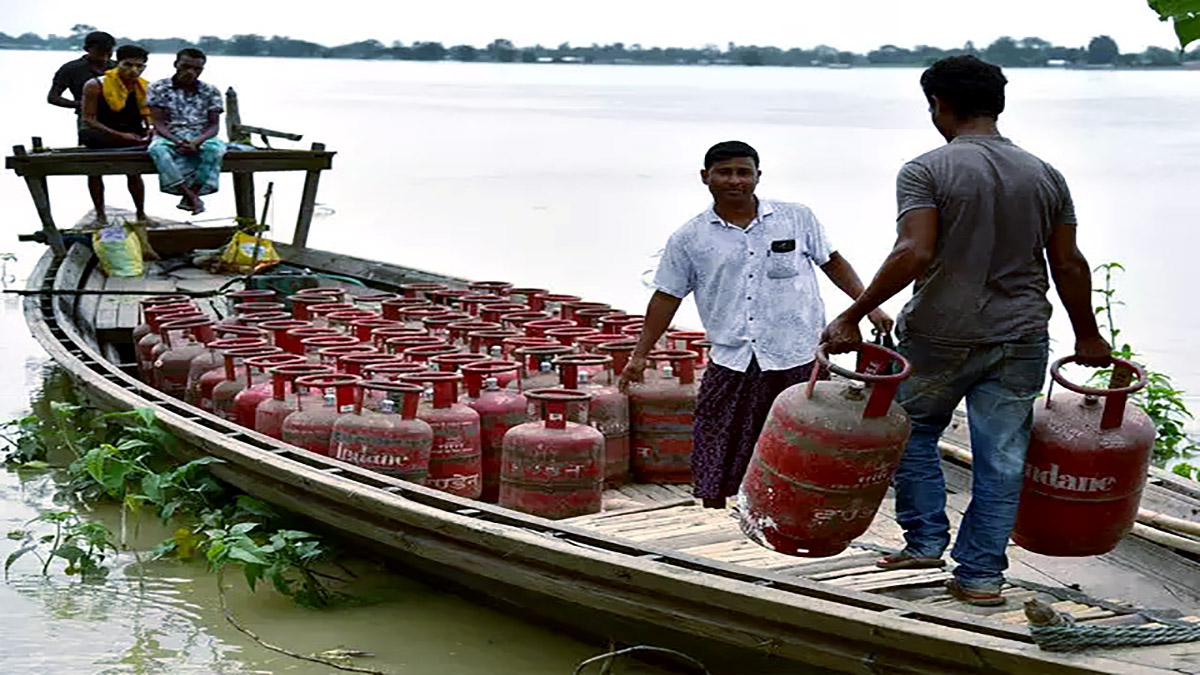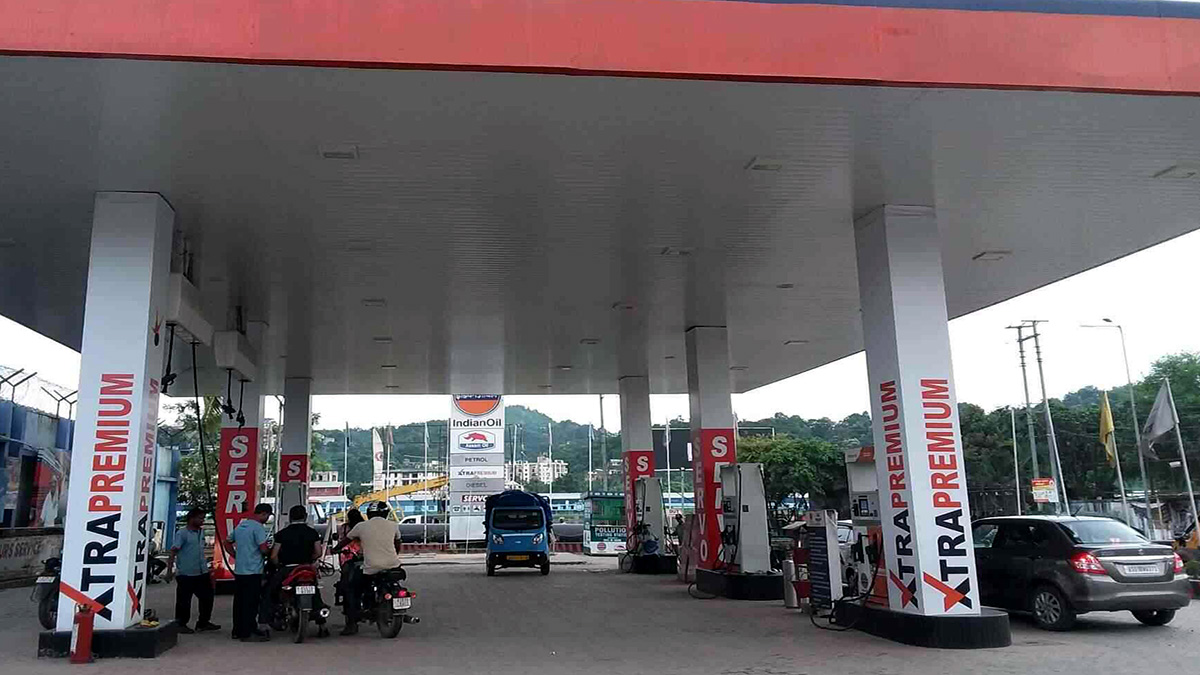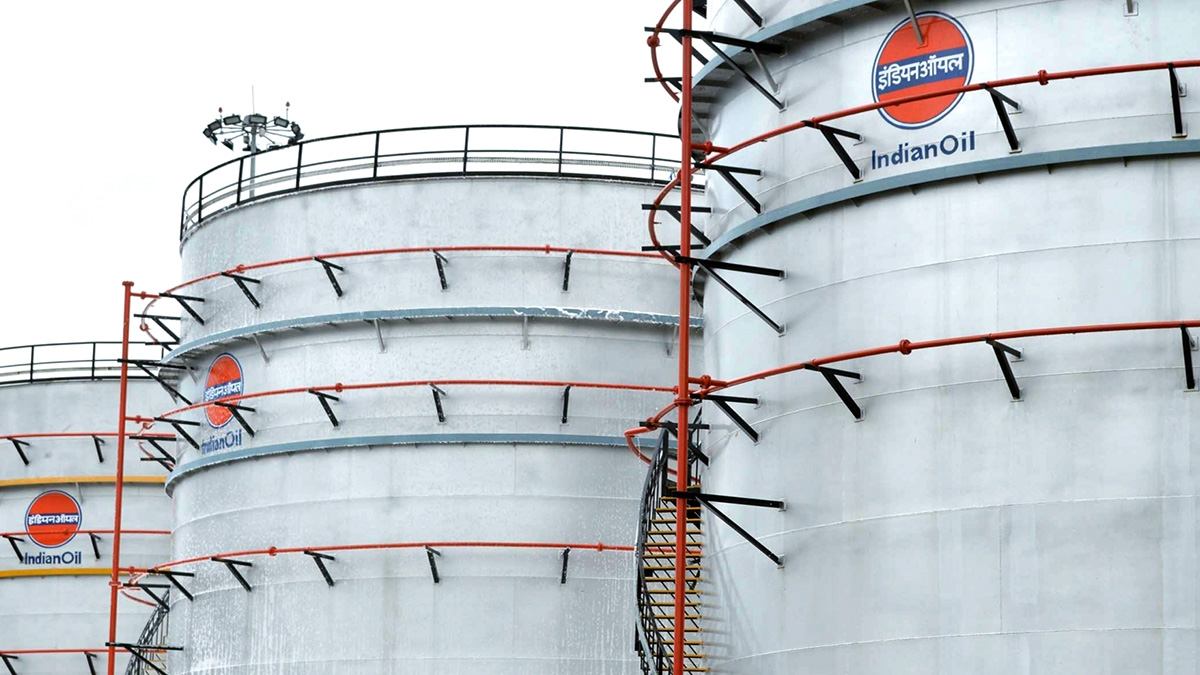Indian Oil has commenced resumption of stalled activities on the projects front and is fully geared to ramp up operations towards normalcy for the post-lockdown scenario. At the same time, they are also monitoring the situation on a continuous basis to ensure that the supply lines of essential petroleum products are maintained across the country, with all necessary safety protocols in place for its field force.
While global cues and the changing market scenario will guide its future strategy, they have already built up stocks of finished products, including petrochemicals, at its upcountry locations for future-readiness once the countrywide lockdown is lifted and the demand picks up again with resumption of economic activity. Its refineries continue to operate at optimised capacity utilisation to cater to the needs of households and essential services. The refineries and pipelines networks are in full readiness to ramp up production and transport with rise in demand.
All critical locations of the company continued operating during the lockdown period. 420 of its 423 supply & distribution locations, including bulk storage terminals & depots, LPG bottling plants, aviation fuel stations, lube blending plants, etc., are functioning with optimised manpower under the advisories of their respective State Governments. Their workforce in non-critical administrative locations, who were rendering backend support working-from-home, have also begun attending office on a strict rota basis from 20th April, with stringent social distancing protocols and detailed health & hygiene advisories in place.
The LPG sale during April 1-20, 2020 was 696.6 TMT, up by over 19.6% compared to the same period last year. To meet this rise in demand, they have tied up additional LPG imports by almost 50%, and its 98 LPG bottling plants are working extended hours, operating night shifts and on public holidays. With its LPG distribution channels, particularly the delivery staff, working round-the-clock, their teams have been delivering on an average 26 lakh cylinders every day to the doorsteps of customers in spite of the lockdown. They have ensured delivery of LPG cylinders to 1.1 Cr. families who are Pradhan Mantri Ujjwala Yojana (PMUY) beneficiaries, during this period. Resumption of work on 64 select projects with a combined allocation of about Rs 21,375 crore, of which work has commenced on 29 projects on 20th April, 2020. Wherever needed, they are seeking the necessary permissions of State Governments for mobilisation of manpower and resumption of work.
Major projects on which work has resumed include the Rs. 3,338-crore Paradip-Hyderabad products pipeline, which traverses 1,212-km through Odisha, Andhra Pradesh and Telangana; the Rs 3,028 crore augmentation of Paradip-Haldia-Durgapur LPG pipeline and its extension to Patna and Muzaffarpur, which traverses 678-km through Odisha, Jharkhand, West Bengal and Bihar, the Rs 6,025 crore Ennore-Tiruvallur-Bangalore-Pondicherry-Nagapattinam-Madurai-Tuticorin R-LNG pipeline, which traverses 1,170-km through Tamil Nadu, Andhra Pradesh, Puducherry and Karnataka. Work has also restarted on other projects like grassroots LPG bottling plants, bulk storage terminals, city gas distribution projects and additional facilities at existing locations. They have recently completed a massive exercise of BS-VI fuel quality upgradation projects at all its refineries at a combined cost of Rs 17,000 crore.
The company’s CAPEX plan for 2020-21 majorly includes projects in refineries, pipelines and marketing segments, followed by petrochemicals. Among these, there are 188 major projects above Rs 25 crore, which include some pipeline projects that were underway even during the lockdown period. Indian Oil’s CAPEX plans are based on long-term demand potential in the country. Over the long-term, India is expected to be one of the fastest growing oil & gas markets in the world and the current setback in demand is only temporary before the demand growth in the country picks up again. These projects are crucial from the perspective of addressing future energy demands as well as employment generation.


